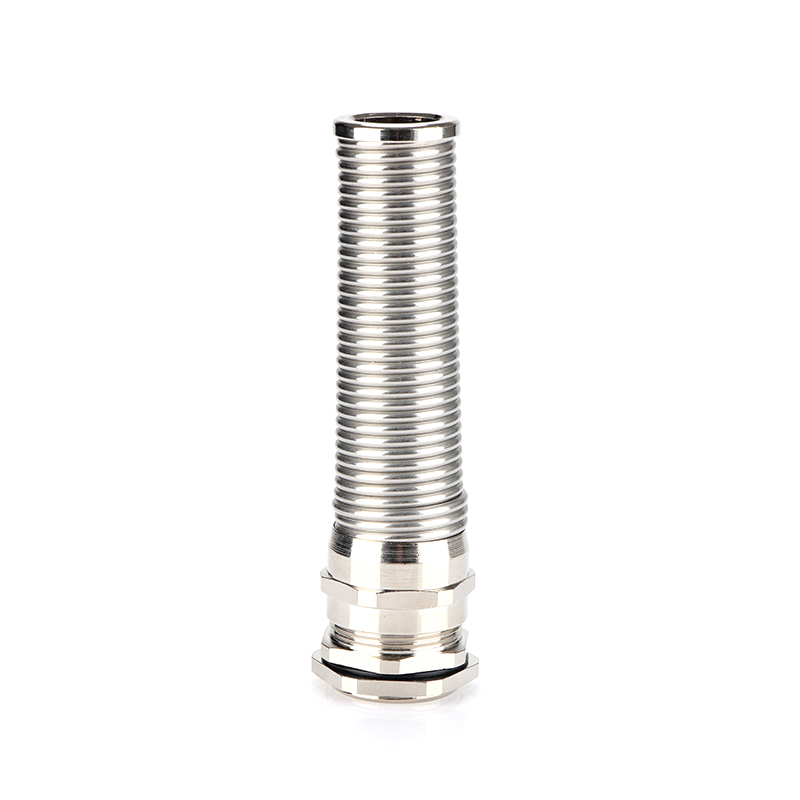Plastic glands, also known as cable or conduit glands, are essential components used to secure and protect cables or conduits in electrical and industrial systems. Made from durable plastic materials like polyamide or polypropylene, they provide strain relief and environmental sealing, preventing dust, moisture, or contaminants from entering enclosures. Lightweight and corrosion-resistant, plastic glands are ideal for indoor and outdoor applications, including machinery, control panels, and marine equipment. Their versatility, affordability, and ease of installation make them a reliable choice for ensuring the safety and efficiency of cable management systems.

They are integral to managing and securing cables and pipes while providing protection against environmental factors.
Plastic conduit glands are designed to secure and seal conduits in electrical systems. They help prevent the ingress of dust, moisture, or other contaminants into the conduit, ensuring the safety and efficiency of electrical wiring.
Key Features:
Material Composition: These glands are typically made from durable plastic materials, such as polyamide or polypropylene, which offer resistance to wear, corrosion, and environmental conditions.
Sealing Mechanism: They often include a sealing ring or gasket to enhance their protective capabilities.
Versatility: Available in various sizes, they are compatible with different conduit diameters.
Applications:
Industrial control panels
Commercial building wiring systems
Outdoor electrical installations requiring environmental protection
By using plastic conduit glands, installers can achieve secure cable management while maintaining compliance with safety standards.
Plastic stuffing glands, also known as cable glands, are essential for securing cables in a wide range of applications. Their primary function is to provide strain relief and environmental sealing where cables pass through enclosures or equipment.
Key Features:
Cable Protection: They help reduce stress on cables and prevent potential damage caused by movement or tension.
Water Resistance: Many models offer protection against water, dust, and oils, making them suitable for harsh environments.
Ease of Installation: Designed for straightforward assembly, they allow efficient cable management.
Applications:
Industrial machinery
Electrical panels
Marine equipment
Plastic stuffing glands are widely used in situations where maintaining the integrity of cables and enclosures is critical to the system's performance and safety.
PVC flexible pipe glands are specifically designed for use with flexible pipes, providing secure connections and environmental sealing. These glands are particularly valued in applications where flexibility and durability are required.
Key Features:
Durability: PVC materials offer resistance to impact, corrosion, and chemical exposure.
Flexibility: They are designed to accommodate movements and vibrations without compromising the seal.
Temperature Range: Suitable for a wide range of operating temperatures, they perform well in various conditions.
Applications:
Air conditioning and ventilation systems
Electrical wiring in dynamic environments
Machinery requiring flexible cable routing
PVC flexible pipe glands enable reliable connections that accommodate dynamic movements while maintaining environmental protection.
Benefits of Plastic and PVC Glands:
Plastic and PVC glands are generally more affordable than their metal counterparts, offering a balance of durability and performance.
Unlike metal glands, plastic and PVC options are immune to rust, making them ideal for humid or wet environments.
Their lighter weight simplifies installation and reduces the overall weight of systems where they are used.
When selecting plastic conduit glands, stuffing glands, or PVC flexible pipe glands, consider the following:
Size and Compatibility: Ensure the gland matches the diameter of the conduit or cable.
Environmental Factors: Select glands with suitable ingress protection ratings for the intended environment.
Regulatory Compliance: Confirm that the glands meet applicable safety and performance standards.
Plastic conduit glands, plastic stuffing glands, and PVC flexible pipe glands offer reliable solutions for securing cables and conduits while protecting against environmental factors.